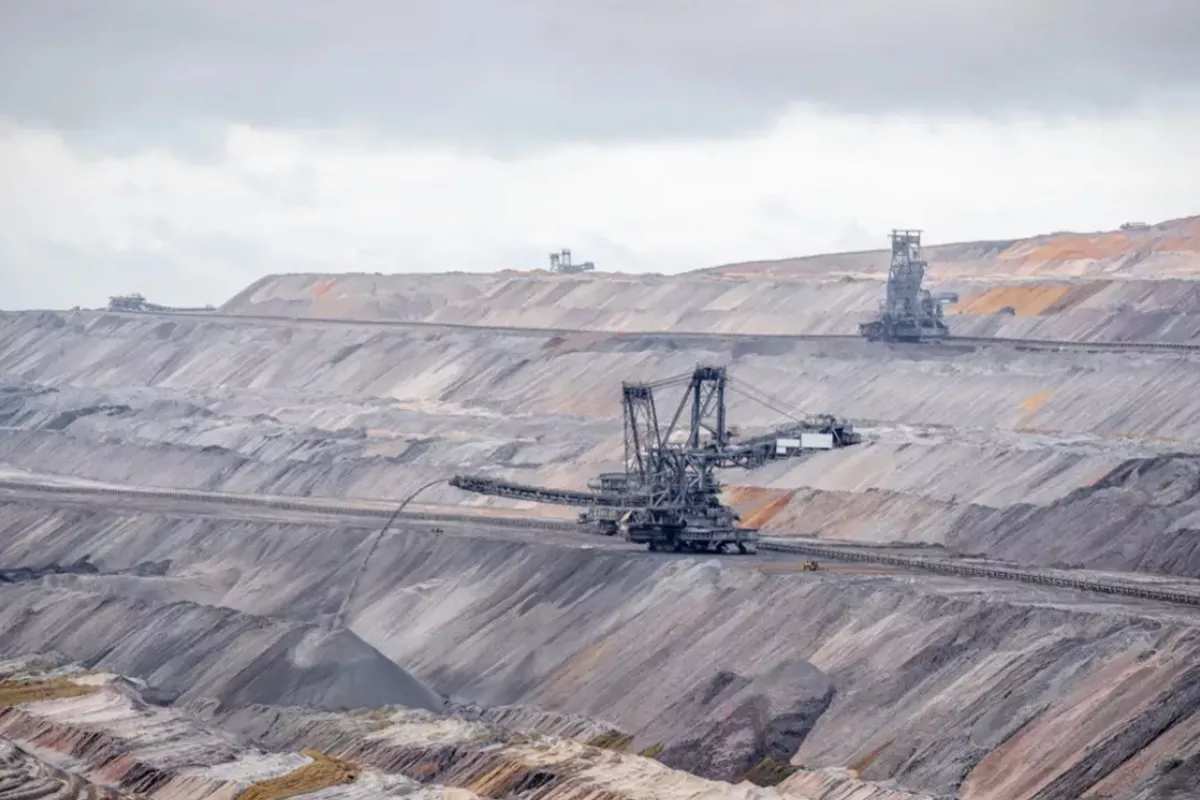
photo: Astana Times
Kazakhstan has significantly expanded its solid mineral reserves in 2025, following the registration of five newly identified deposits-Kok-Zhon, Altyn-Shoko, Samombet, Studencheskiy, and Takyr-Kaldzhir-on the State Geological Register, according to a report delivered by the prime minister.
These discoveries are expected to substantially reinforce the country's mineral resource base, marking another milestone in Kazakhstan’s strategic efforts to strengthen its geological potential and attract investment into the mining sector, The Caspian Post informs via Kazakh media.
To support these goals, the government allocated 7.6 billion tenge (approximately $14 million) this year for detailed geological studies across 41 sites. The results have been remarkable: Kazakhstan’s mineral stockpile grew by an additional 97.8 tons of gold, 11.9 tons of silver, and over 36,000 tons of copper.
As part of the updated State Subsoil Fund Management Program, 73 new exploration areas-spanning more than 2,650 square kilometers-have been added. In addition, 62 mineral deposits are being prepared for auction to attract both local and foreign investors, creating new economic opportunities in the resource sector.
In comparison, 2024 saw the registration of 23 new solid mineral deposits, along with hydrocarbon and groundwater reserves. These efforts contributed to a noticeable increase in Kazakhstan's oil, gas, and water resource base-underscoring the government’s long-term, systematic approach to geological development.
Another key initiative in 2025 was the comprehensive audit of technogenic mineral formations (TMFs)-residual materials from past mining operations. The government has now officially documented 1,630 TMF sites with a combined estimated volume of 53.6 billion tons, bringing the total to 1,747 sites and around 55 billion tons of material.
Importantly, 450 of these sites are located near populated areas, highlighting the strategic importance of integrating them into the country’s industrial supply chains. Authorities emphasize that utilizing these secondary resources presents not only economic and industrial benefits, but also contributes to environmental sustainability and reduced ecological risk.
By transforming mining waste into valuable raw materials and expanding its mineral reserve base, Kazakhstan is positioning itself as a key player in the global resource economy, while advancing its commitments to green development and sustainable industrial growth.
Share on social media